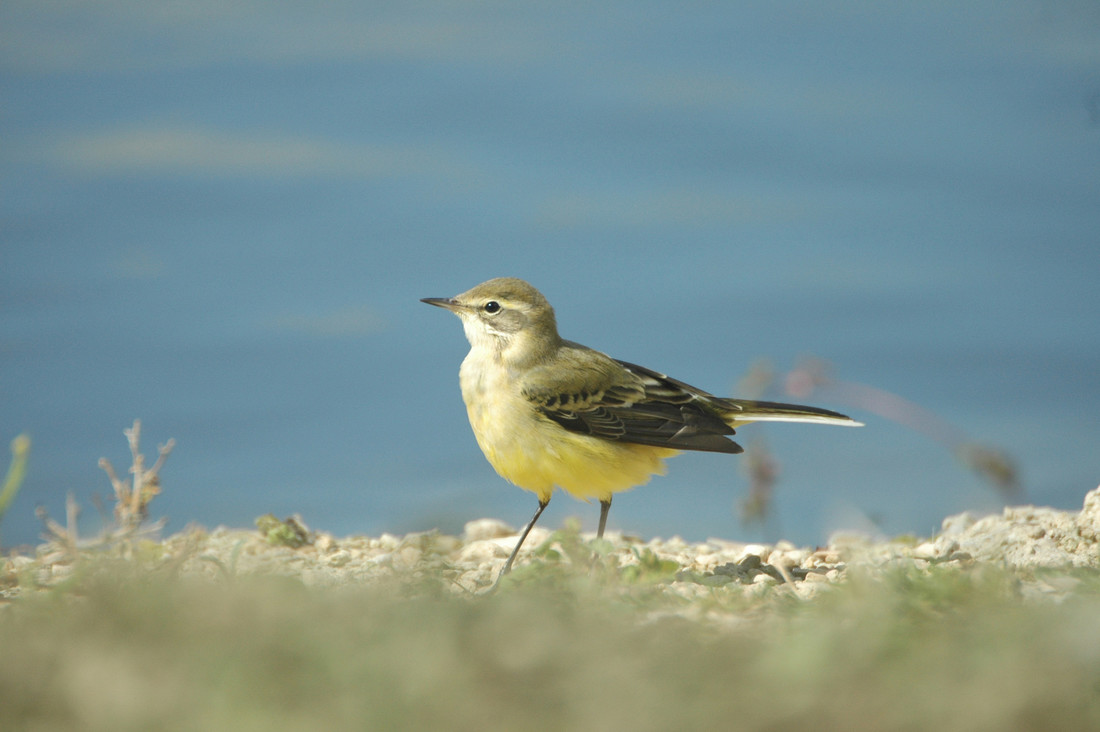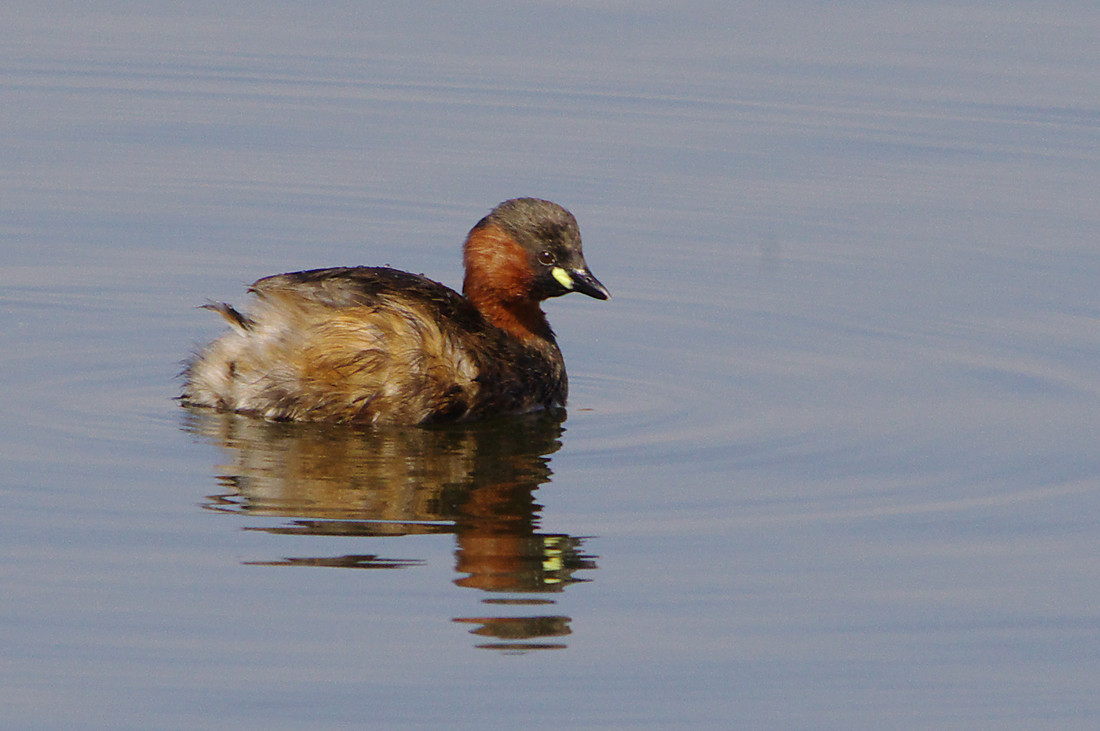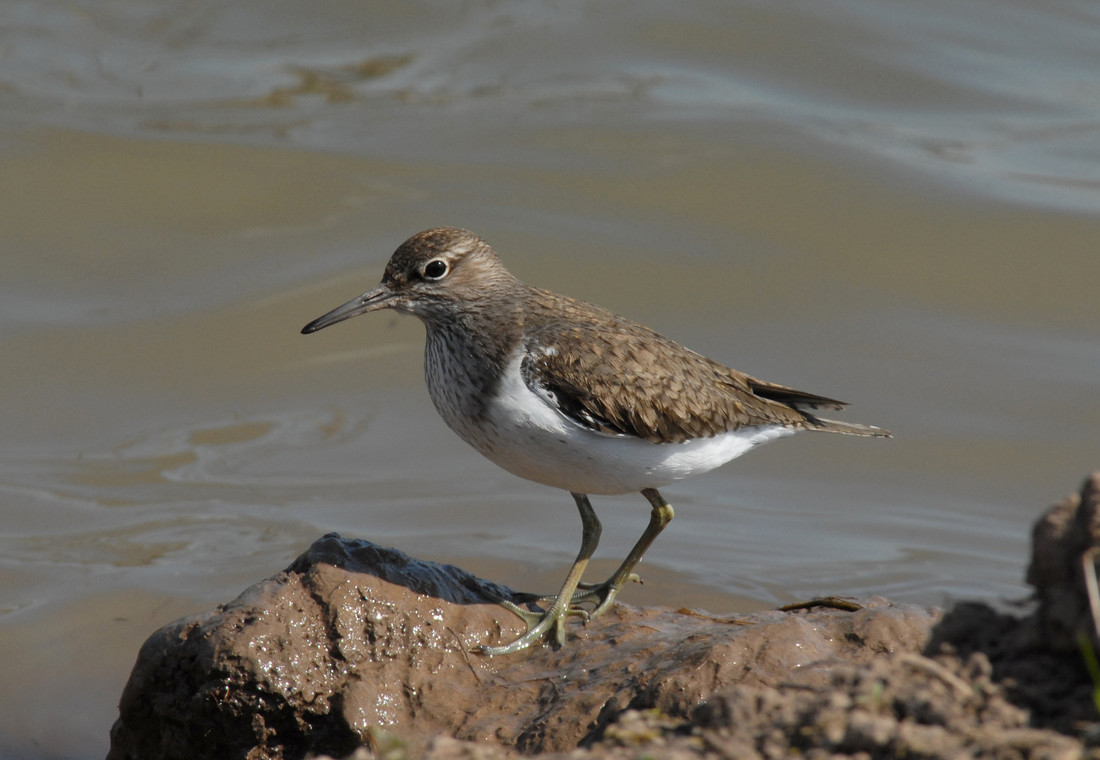Wildlife sightings for 15th February 2018
2 Bittern - main lake SE corner and N shore
4 Shelduck - main lake, wader scrape
6 Pintail - main lake, reservoir lagoon
1 Caspian Gull - main lake from WWF Hide
7 Fieldfare - wader scrape and reservoir lagoon bank
15 Siskin - South route
January/February bird highlights: Jack Snipe, Bittern, Goldeneye, Brent Goose, Iceland Gull, Caspian Gull, Peregrine, Kingfisher, Stonechat, Skylark, Water Pipit, Bullfinch, Mealy Redpoll.
The grazing marsh is flooded, attracting good numbers of Wigeon and Shoveler, as well as Water Pipit. The fences around the marsh are a good spot for species like Stonechat, Meadow Pipit and occasional Skylark, while the muddier or tussocky parts of the marsh, main lake and wader scrape may have some waders (like Dunlin or Snipe).
Tree blocks with a good mix of Willows may hold some interesting Warbler species or Firecrest, often mixed in with more common Tits and Goldcrests. Wigeon, Gadwall, Teal, Shoveler, Redwing, Fieldfare, Siskin and Redpoll continue to arrive for the winter ahead. The Fieldfares and Redwings are feeding on the Hawthorn, Dog Rose, Blackthorn and Guelder Rose across the site, while the Finch species favour the Silver Birch and Alder trees.
Up to 4 Bitterns can mostly be found on the main lake north, south or south-east shores. A long-staying Goldeneye female has been seen most days on the main lake edges.
Snipe have been easy to see most days close in to the Headley Hide, feeding through the damp ground in between the lake and the pond.
By mid-January several songbirds had started to sing more regularly, such as Song Thrush, Robin, Blackbird, Goldfinch and Redwing.
Early flowering plants: Winter Aconite, Snowdrop, Early Crocus.
Fungi: a small selection of winter fungi on show – Purple Jellydisc, Birch Woodwart, Candlesnuff Fungus, Silverleaf Fungus, Wet Rot, King Alfred’s Cakes, Dead Man’s Fingers, Hazel Woodwart, Witches’ Butter, Yellow Brain, Jelly Ear, Dead Moll’s Fingers, Crystal Brain, Willow Bark-spot, Jelly Rot, Bitter Oysterling, Common Bonnet, Velvet shank.


